March means that the winter season is finally drawing to a close. While this is a very welcomed change, it also means that there are a huge amount of gardening jobs that you must complete in March to ensure that your garden is ready for the spring season to start.
Before turning your attention to the March gardening jobs, you should ensure that you are fully up to date with your February gardening jobs. Ensuring that your garden is up to date before the following month commences is vital to keeping on top of your garden.
1 – Start To Think About Mowing Your Lawn
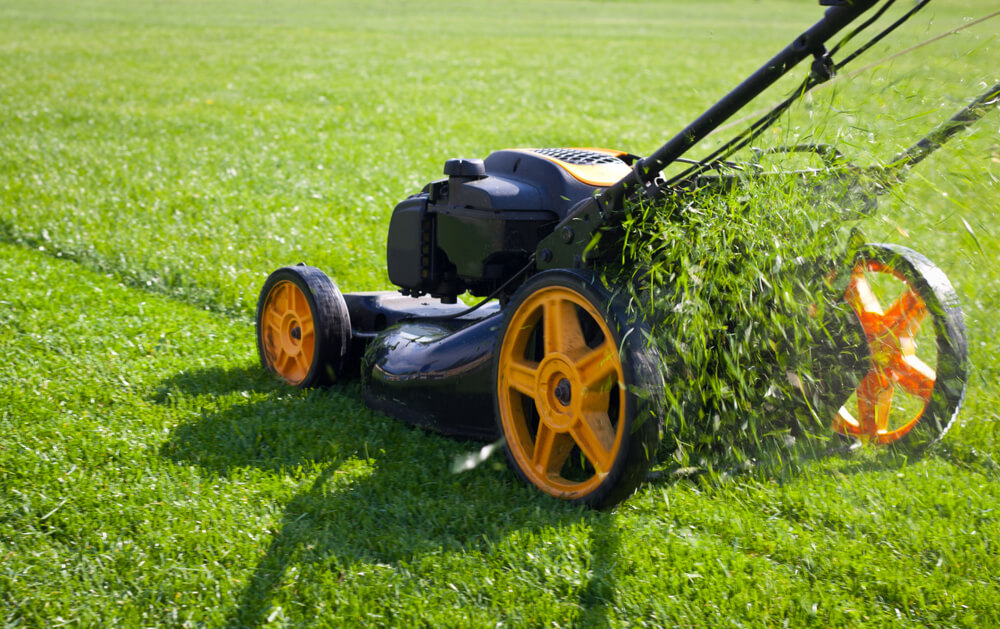
The mowing season is back. Finally, we can break the mowers out of the garage and tend to our lawns. With spring finally, upon us, there will undoubtedly be more movement in your lawn and therefore require a mow.
Keeping on top of your lawn and getting into a routine at the start of the spring season will help to work wonders as the summer comes around. During spring, the British weather can still be unpredictable and wet. Therefore it is incredibly important to only mow your lawn during dryer spells, to avoid any damage to your mower.
When mowing your lawn, there are a few things that you need to take into account. It is beneficial to your lawn to leave it slightly longer to avoid cutting the grass leaf. Grass leaf is incredibly important as it is the food that the grass needs to continue to look healthy. Leaving your grass slightly longer will leave more food for the grass and ensure it stays thick and healthy.
2 – Plant Summer Flowering Bulbs
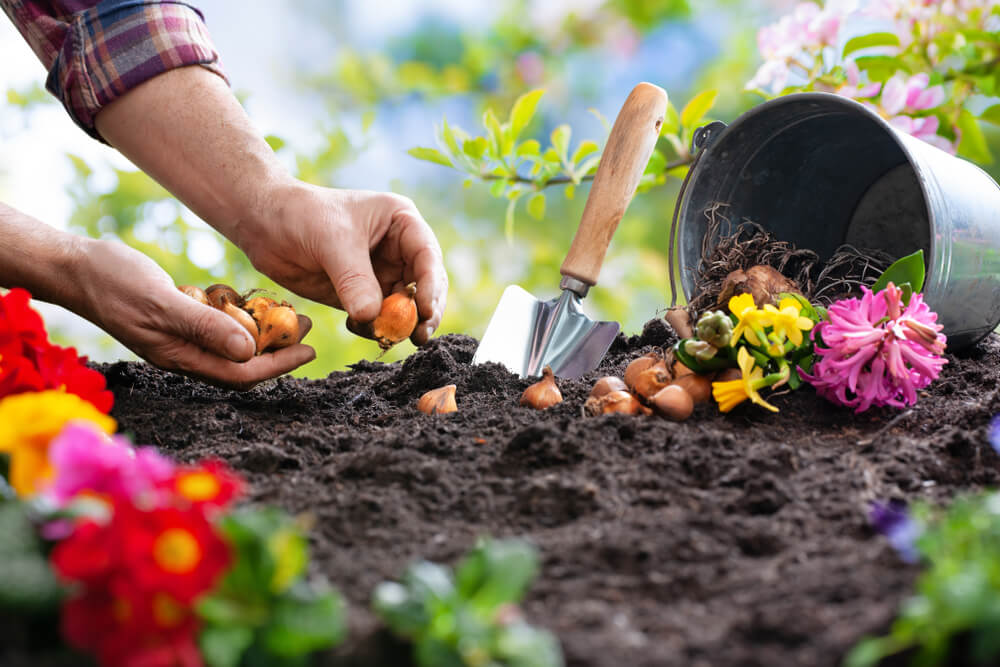
Planting summer bulbs early enough, to ensure that they are at peak bloom come July & August. Early march is the perfect time to plant them and allow them to benefit from wet and sunny spring conditions.
Bulbs can be planted in either borders or pots, and are super easy to plant. There are a huge amount of flowering bulbs that can transform the aesthetic of your garden by adding stunning and vibrant colours. The most popular flowering bulbs to plant are lilies, daffodils, cyclamen, tulips, and therefore are so many more.
To plant these beautiful flowering bulbs simply dig a hole deep and wide enough for your bulbs. You should plant them at around 2 times their depth if possible. You should also make sure that bulbs are planted with the growing tip pointed up and then simply cover them up with soil.
3 – Get Rid Of Unwanted Weeds
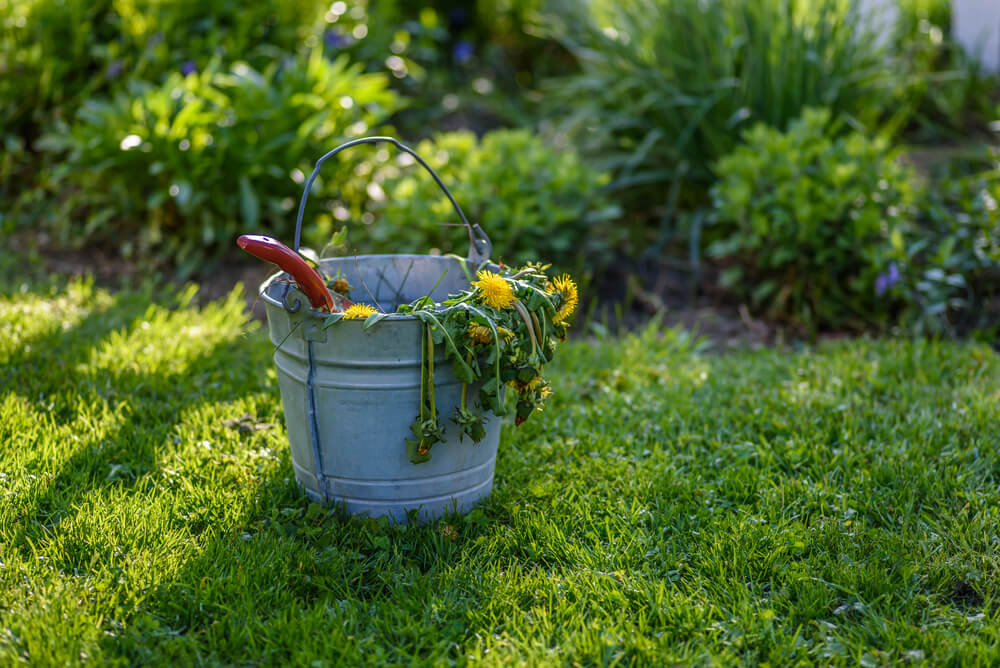
While weeds are typically associated with summer, annoyingly they can be a problem all year round. They are undoubtedly the worst nuisance in all gardens, not only can they taint the aesthetic of your garden but they can also cause a considerable amount of damage that can affect your whole garden.
Weeds are such a nuisance for several reasons. The main and most devastating reason is that the weeds become a competition to the other plants. This can be detrimental as the weeds compete with other plants for vital moisture and nutrients. This can result in other, more vulnerable plants not being able to receive the nutrients that they need, and therefore could result in the plant’s death.
There are many ways that you can eradicate these nuisance weeds from your garden. The most simple way that you can get rid of weeds from your garden is by pulling them out by using just your hands, which is extremely effective. You can also use different weed pullers and weed killers to eradicate any unwanted weeds.
4 – Finish Pruning Roses
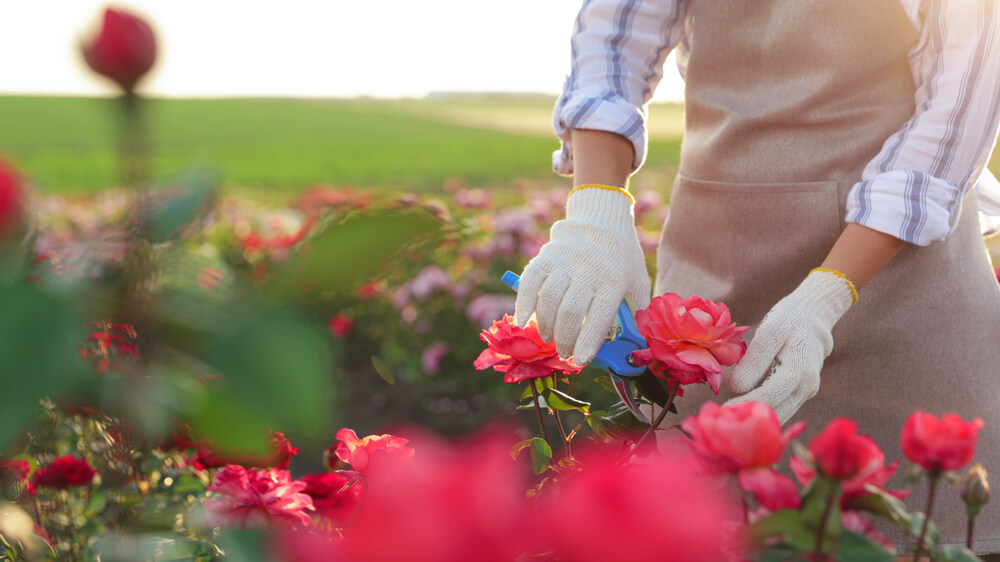
Pruning plants is incredibly important all year round and roses are one of the most important plants to consistently prune. There is truly no better time to prune your roses than late winter/early spring.
The process of pruning is where you cut back any dead, overgrown, or faded branches stems or leaves. The reason why it is so important, and in particular in the late winter/early spring periods, is to encourage new growth. The dead and overgrown flowers take away important light and nutrients from the younger roses growing through. So the pruning will allow you to have a fuller rose bush come summer.
To prune roses you should cut approximately half an inch above an outward-facing bud-eye. This is because new stems grow in the direction of the bud, so encouraging outward-facing growth will help to avoid any complications with the growth such as overgrowth.
5 – Prune Any Wind Damaged Branches
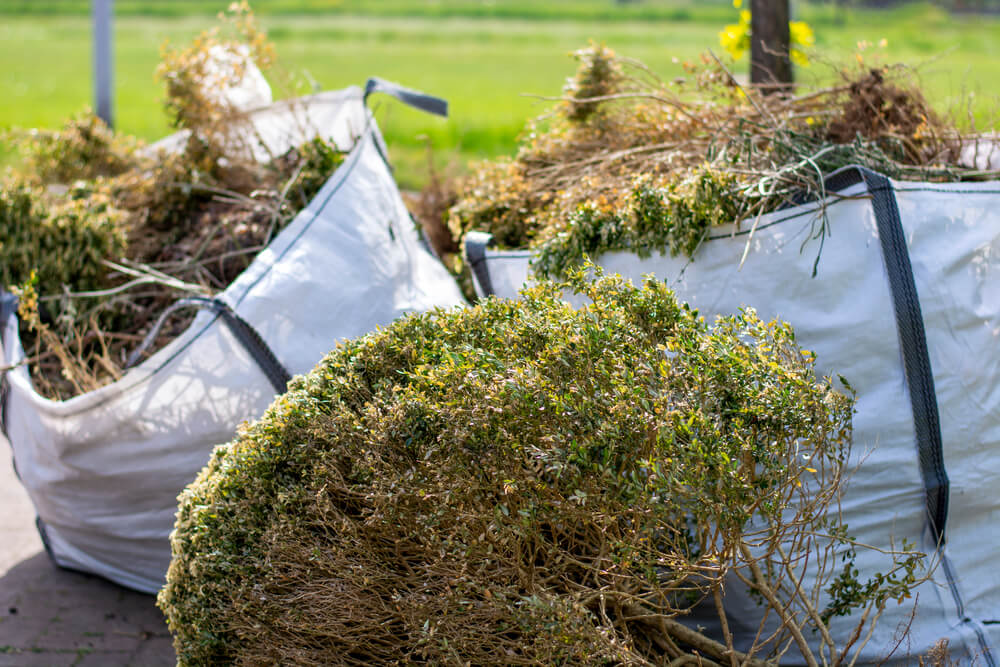
As we stated previously, pruning all overgrown and damaged branches is incredibly important for the growth of other plants. Over the harsh winter months, it is incredibly common to see a lot of damage due to harsh weather conditions such as heavy winds.
Looking around your garden for these damaged stems and branches while pruning the ones you find, will help the growth of new plants. Giving the younger plants more exposure to light and nutrients that will help exponential growth over the coming spring/summer season.
To prune these damaged branches, simply undercut the damaged branch a few inches away from the trunk. This will help to prevent any bark from tearing. Make sure to always make your cuts at a downward angle.
6 – Replant Indoor Pot Plants Outdoors
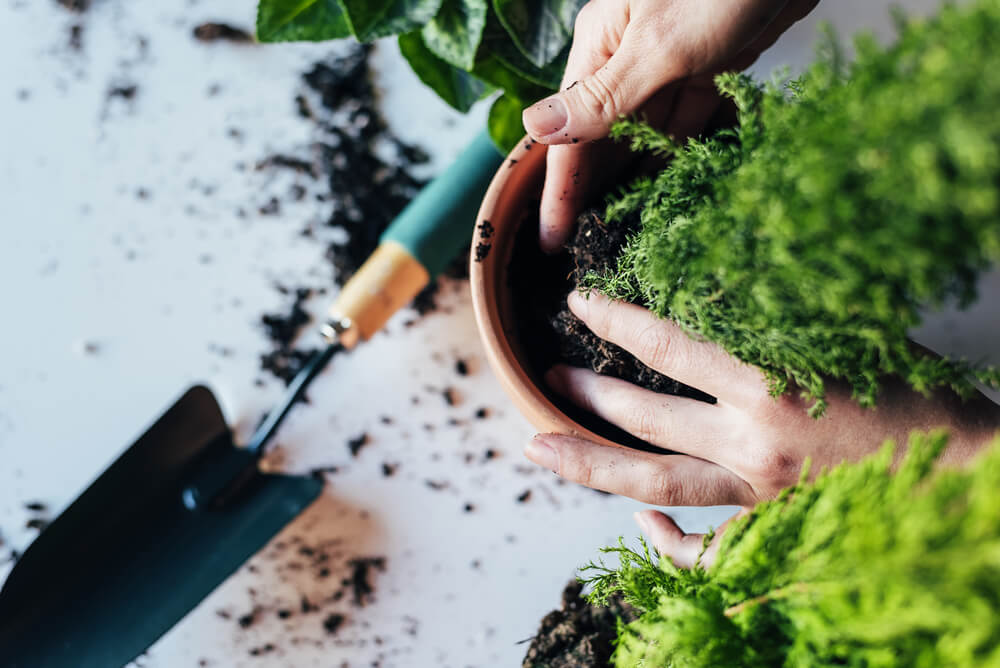
Over the winter months, it is not uncommon for avid gardeners to have built up an impressive collection of potted plants. But in the early spring months, you can replant these potted plants in your garden borders. It can help to add even more beauty and colour to your borders.
Replanting these potted plants is super easy and simple to do. All you need to do is dig a hole big enough, then mix in some compost, then carefully remove your plant from its pot before loosening the edge of the roots ball and then placing it in the ground. After This, you just need to continue to water and care for the plant as you would any other.
7 – Ensure That Stakes Are Firm
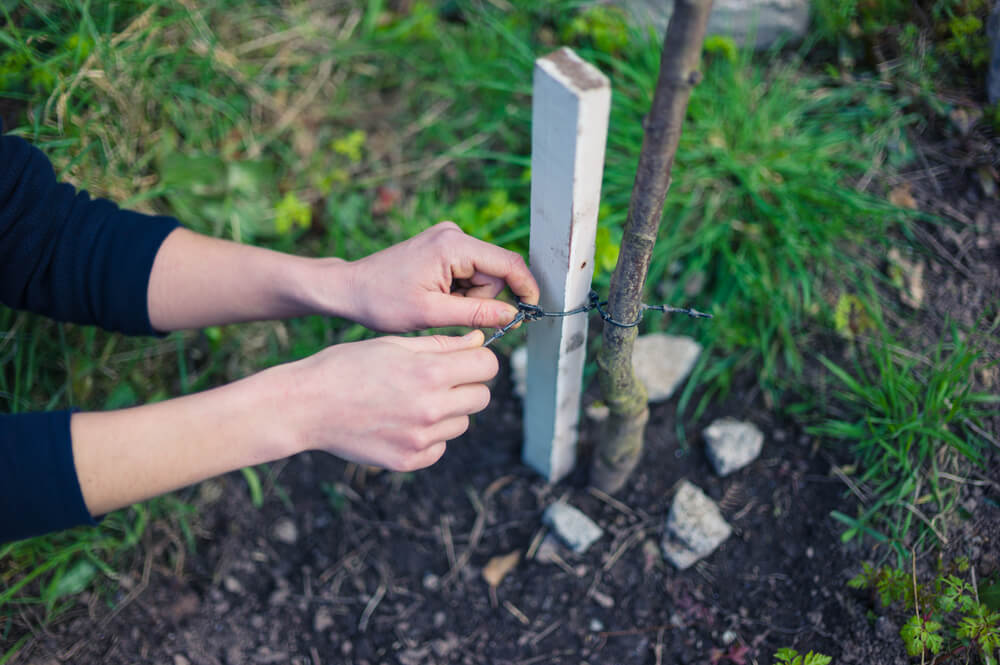
While the winter months are drawing to a close, this does not mean that the wind will stop. March, and in particular late march, is often incredibly windy. Stakes are incredibly important during winter as they help to make sure that vulnerable plants and trees do not get any damage.
Staking the plants allows them to grow straight without being bent or snapped due to windy conditions. Any bends or breaks can permanently damage the growth or even the plants.
Staking plants is both extremely effective and also simple. Simply hammer a stake, or firm wooden stick, next to the plant. Then attach the plant to the stake about two-thirds of the way up the plant using a garden tie.
8 – Continue To Leave Out Food For Birds
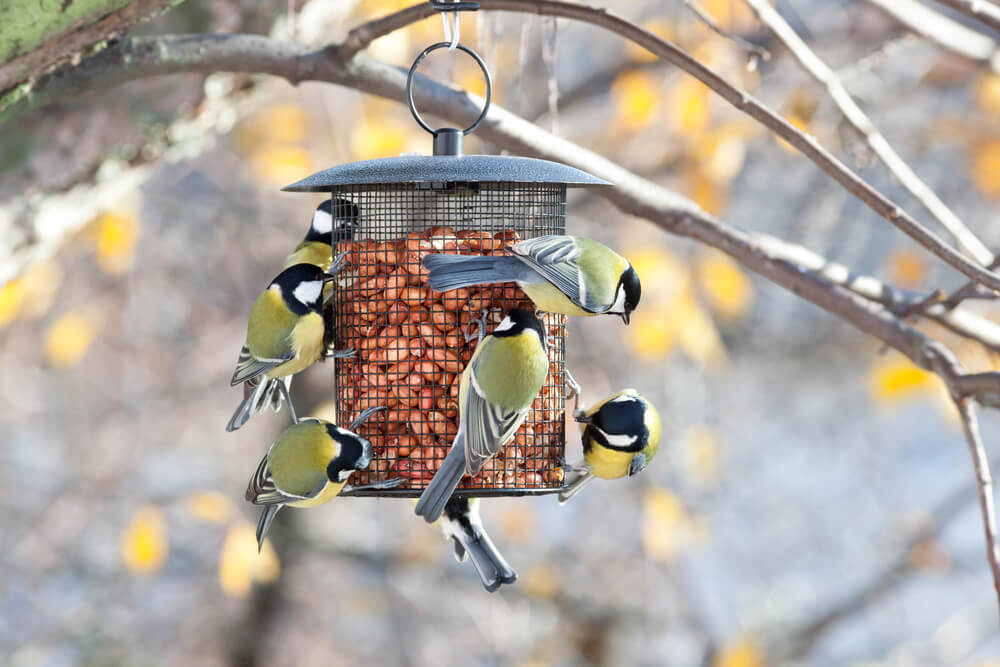
As avid gardeners, we understand just how much birds do for us in our gardens. That is why we always feel obligated to return the favour by leaving out food and water baths for them to enjoy.
Birds play a huge role in pest control in our gardens. Birds eat aphids, mosquitos, and caterpillars all of which are known for causing a huge amount of damage in your garden. Birds are the best way of getting rid of pests without having to use any toxic chemical methods.
Leaving out food in bird feeders and bird tables will encourage these birds into your garden where they will be more likely to help eradicate unwanted pests. In addition to this, you will also give the birds more chances of survival during food shortages.
9 – Create A Compost Heap/Box
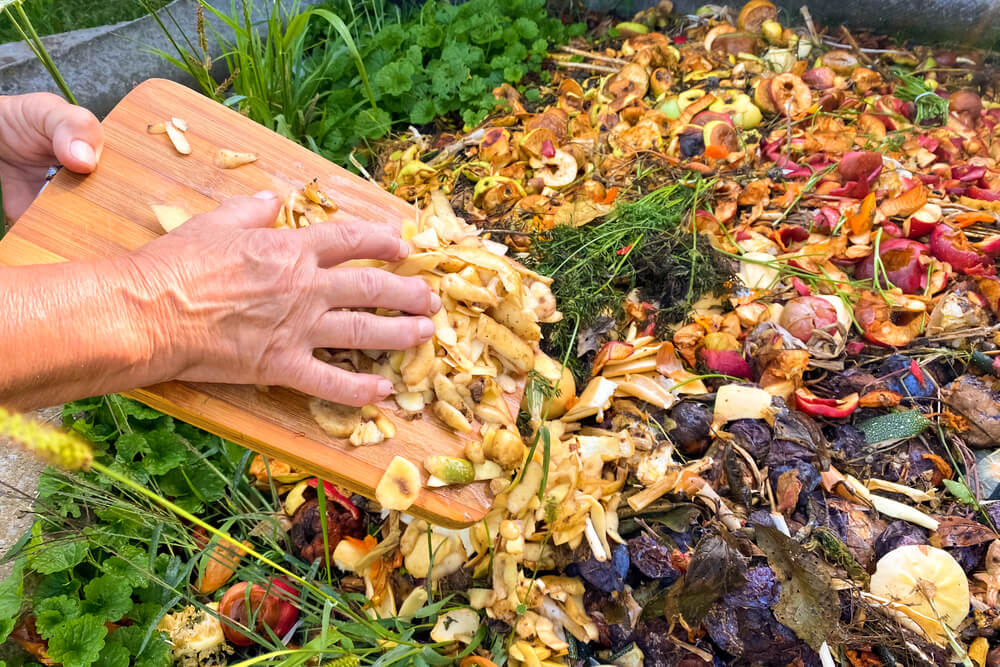
Creating a compost pit/box in your garden can be extremely effective and convenient. It can also help to make your garden much more economical and self-sustainable. They are the perfect place to recycle all your kitchen waste and garden waste while reusing it to help the growth of your garden.
Compost can be used in so many different ways throughout your garden. It can be used to improve the overall structure of the soil, and can therefore improve drainage. This means that the soil will not get too damp, causing the roots to suffocate. In addition to this, compost can also be used as a very effective mulch which can help with water loss and also as a fertiliser.
10 – Prepare For Late Winter Frosts
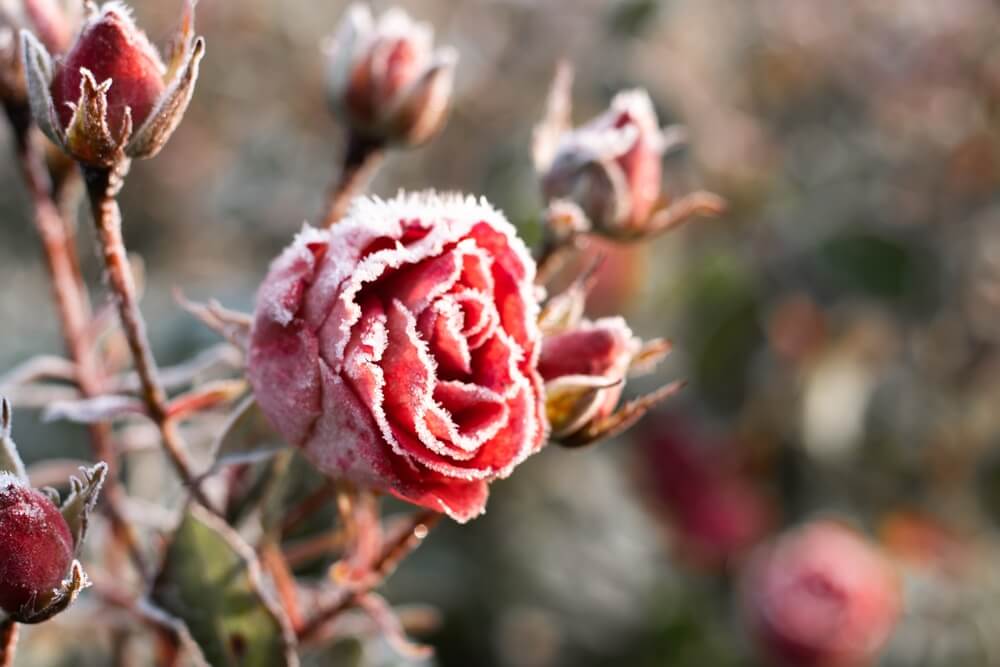
In March, morning frosts are still very likely. This is why it is important to cover your plants overnight. Especially young and vulnerable ones to avoid being damaged by these surprise last winter frosts.
Frosts can be extremely dangerous to vulnerable and young plants and can often catch you off guard, especially as spring arrives and people think that frosts are behind us. Keeping a large sheet of fleece handy to cover these plants overnight will be sure to greatly benefit them when morning frosts arise.
The danger that frosts pose to your plants is that the frosts can freeze the water inside the plant. The water then expands once frozen, which can cause the cell walls to break and therefore mean that it can no longer carry the plant’s sap. This can ultimately result in the death of the plant.





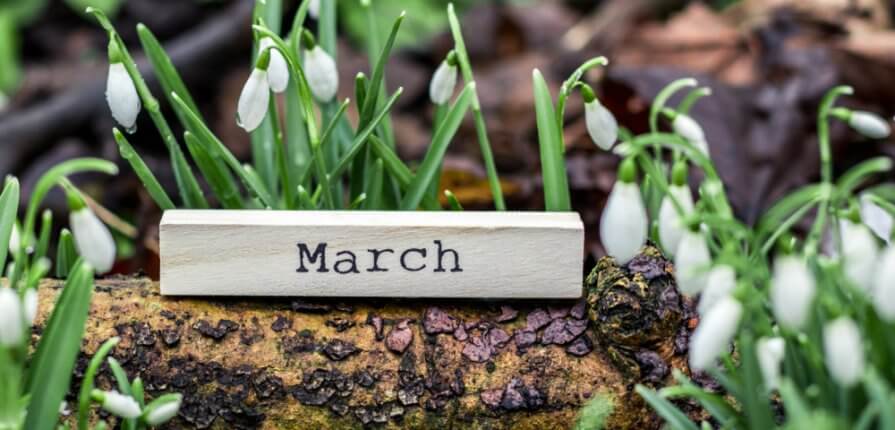



Recent Comments